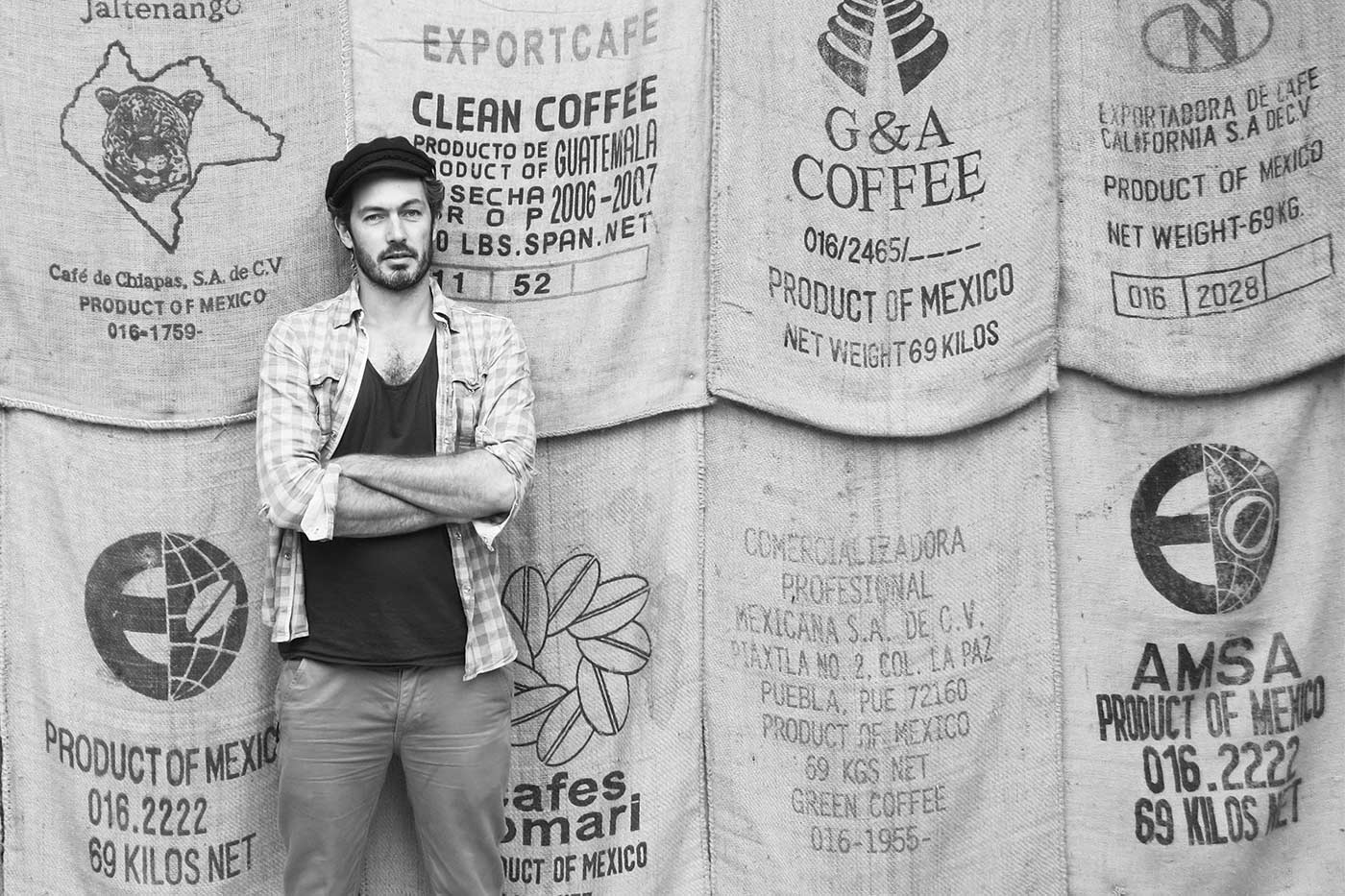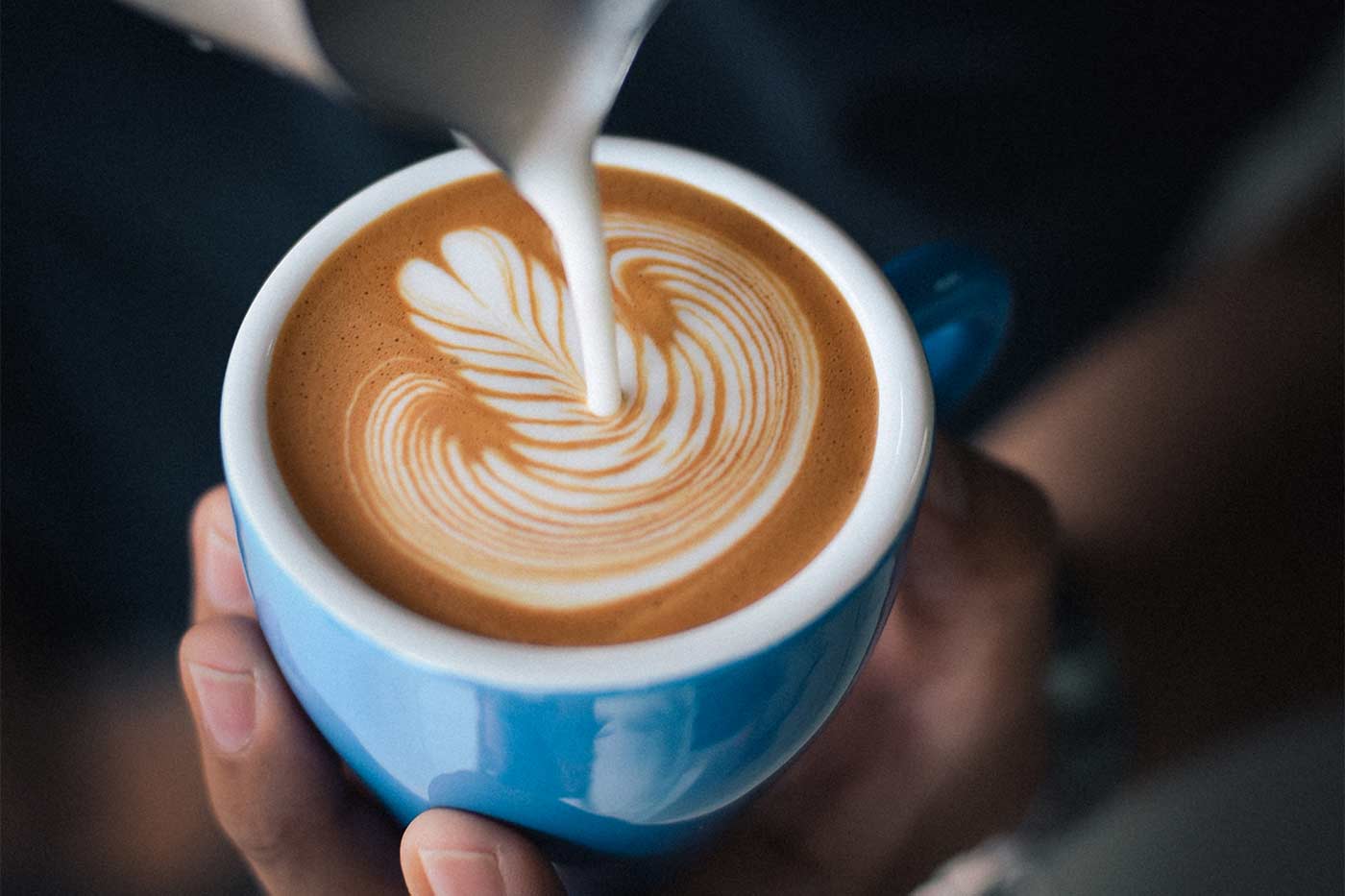Getting the milk right is almost as much an art as making the coffee itself. Alex Passmore of Origin Coffee gives a masterclass
‘The hardest thing with getting milk right is its quality and consistency,’ says Alex Passmore, national training manager for Origin. ‘Although,’ he adds, ‘some things are not in our control, like the holding temperature of milk from dairy to us.’ (Somewhere between one and three degrees centigrade, he says).
So, temperature’s important then?
Alex says when you’re steaming milk for espresso the maximum temperature should be about 65°c. ‘Milk at this temperature is at its maximum perceived sweetness, before and after that it drops down. It’s how our tongues perceive it. Warm milk is a lot more palatable, it tastes a lot sweeter,’ he says.
Then there’s the science bit …
The proteins in milk have two parts, one of which doesn’t like water (the hydrophobic bit). They’re all tangled up in chains but these chains get broken through agitation or heat. When that happens the hydrophobic part gets exposed and grabs on to the first thing it finds that’s not water – in steaming milk, it’s air. Our little proteins bind to the air and trap it and, hey presto! – a bubble is made. The protein coated air bubbles stick together but, because milk is denser than foam, after some time it separates and the bubbles burst. The small bubbles in a good microfoam slow this down and because full fat milk is thicker it will also drain more slowly. The fat of course is also important, Alex says, because it adds to the “mouth feel” of the coffee. ‘That silky, buttery mouth feel is the fat in milk. It also holds the bubbles in place for longer,’ he says.
Microfoam perfection
Put air in the milk as early in the heating process as possible – as soon as it reaches 30°c it’s not as receptive to being stressed. Put the air in slowly, with the steam tip just below the surface, to make sure the bubbles are small. As soon as it reaches hand temperature, (30°c) stop putting air in, as you’ll only end up with bigger bubbles. Texturing is done throughout the steaming. This breaks down the bigger bubbles and makes the surface smoother. Texturing is not adding air but moving it around, swirling it in the milk jug with the wand as high up in the body of the milk as possible. There’s no reason to go to the bottom of the milk jug at all.
How much milk?
Flat white: no bigger than a 6oz cup and no more than a ¼cm foam – a thin layer. Always a double shot espresso.
Latte: ½cm foam, but larger 7-12 oz and can be one shot or two of espresso.
Cappuccino: ‘Following the Speciality Coffee Association of Europe (SCAE) guidelines, it’s 1cm to 1½ cm foam. It must have lots of rich microfoam,’ says Alex, ‘and it’ll feel more concentrated because there’s more air in the cup and less coffee mixing with the milk.’ ‘Overall, you need to make coffee accessible,’ says Alex. ‘People will all have different tastes but what matters is that baristas are prepared to learn and are trained.’


